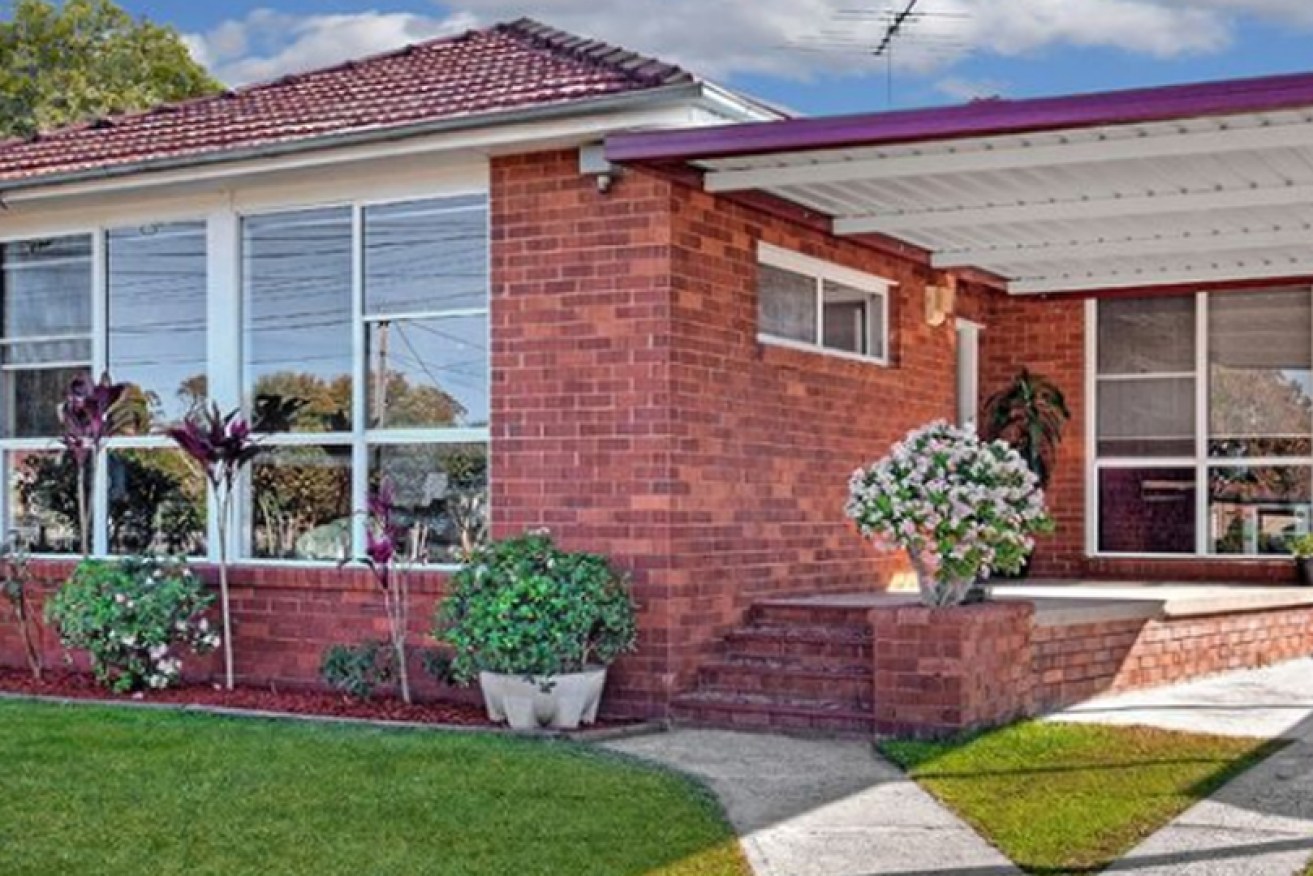Finders keepers: The suburbs so good no one wants to leave


This 1960s Berala house with four bedrooms and a granny flat is on the market with a guide price of up to $1.13 million. Photo: Ray White
They’re arguably some of Australian real estate’s best kept secrets: the tightly held, sometimes surprising, suburbs that are so good residents who move in refuse to move on.
Every home buyer hopes to find their dream home in an area that only improves with age, but in today’s cutthroat housing market it’s harder than ever.
Research by property analysts RiskWise has unearthed Australia’s most tightly held suburbs. In these areas, the average holding periods for property are more than two decades – showing that once buyers get a foot in the door, they want to stay put.
And the top suburbs aren’t necessarily glamorous golden mile beachside strips or leafy middle-class eastern enclaves.
There has to be something outstanding about a suburb for home-owners to stay for decades, RiskWise Chief executive Doron Peleg said. That might be a strong community, or the location and proximity to jobs, the CBD, good schools, transport and other services.
“If a suburb has some of these characteristics, people don’t see any reason to sell. Basically, they don’t want to leave,” Mr Peleg said.
“Unsurprisingly, we see strong demand, overall solid capital growth and also usually short time for days on market.”
Sydney’s top 5 most tightly held suburbs
If you’re looking for for a house in Berala, you might need to wait a while.
The average holding time in the suburb (20 kilometres west of Sydney’s CBD) is a staggering 32.8 years, two decades longer than the the average holding period for Sydney (11.9 years). It’s serviced by a railway station on the Bankstown Line, close to schools, the University of Sydney, and has its own golf course.
Berala has a median price of $1.061 million and three-year capital growth of 25.3 per cent.
The median equity value – the value of the property minus what’s owed on the mortgage – is $661,988.
Houses in the inner-west suburb of North Strathfield, 15 kilometres from Sydney’s CBD, have enjoyed capital growth of 51.8 per cent in the past three years. The median house price is $1,986,122, with median equity of $1,293,063.
North Strathfield is close to top-ranked schools, shopping hotspots, and trains that run regularly to the city and employment hubs such as Burwood, Strathfield and Redfern.
Inner-west Enfield, 11 kilometres from the CBD, has an average holding period of 21.2 years, a median house price of $1,612,250. Its three-year capital growth is 51.3 per cent, and the median equity for houses is $1,062,213.
Auburn and Waitara round off Sydney’s top-five tightly held suburbs, with holding periods of 19.9 and 19.7 years respectively.
The median house price in Auburn, 24 kilometres from the CBD, is $959,175, with three-year capital growth of 18.2 per cent. The median equity is $555,613.
At 24 kilometres away, Auburn is further from Sydney’s CBD than the rest of the top five. But it is central to other employment and shopping hubs. It also has plenty of schools, a hospital and botanic gardens and is close to Sydney Olympic Park and the Sydney Showgrounds.
Waitara, on the upper North Shore, has a median price of $1,337,620. Its capital growth in the past three years is only 7.4 per cent, but the median equity for houses is $811,786.
Melbourne’s top 5 most tightly held suburbs
With an average holding period for houses of 23.9 years, the small modest south-eastern suburb of Huntingdale, 17 kilometres from the CBD, tops the list of the Victorian capital’s most tightly held suburbs.
Homeowners are likely to stay for more than a decade longer than the Greater Melbourne average of 12.1 years. It has a median price of $1,021,990 and three-year capital growth of 39.3 per cent. The median equity value of houses in the suburb is $625,950.
Belgrave Heights, 38km southeast of the Melbourne CBD, has an average holding period of 20.3 years, median equity of $459,831, capital growth for houses of 45.6 per cent over the past three years, and a median house price is $713,274.
It’s followed by Wantirna, 24 kilometres from the CBD, with a median house price of $911,182, capital growth of 40 per cent over the last three years, and median equity for houses of $624,374.
Clayton South homes have a median price for homes there is $863,170, and enjoyed capital growth of 52 per cent over the past three years. The median equity at $612,914.
Springvale South, 24km southwest of the CBD, rounds out the top five with a median house price of $747,357 and capital growth over the last three years of 49.9 per cent. The median equity is $560,947.
Brisbane’s top 5 most tightly held suburbs
Point Lookout on North Stradbroke Island boasts “some good suburb fundamentals”, Mr Peleg said, with an average holding time of 19.7 years compared to the Brisbane average of 11. It has a median price of $890,102 and the median equity for houses is $356,891 despite capital growth of just over 1 per cent over the past three years.
Buccan is next at 18.2 years, a median price of $638,535 and 12.2 per cent capital growth over the last three years. The median equity is $211,180. It’s followed by Herston at 17.2 years with a median equity of $368,290, a median house price of $843,441 and capital growth of 18.1 per cent. It’s followed by Pallara (17 years) and MacGregor (16.3 years).








